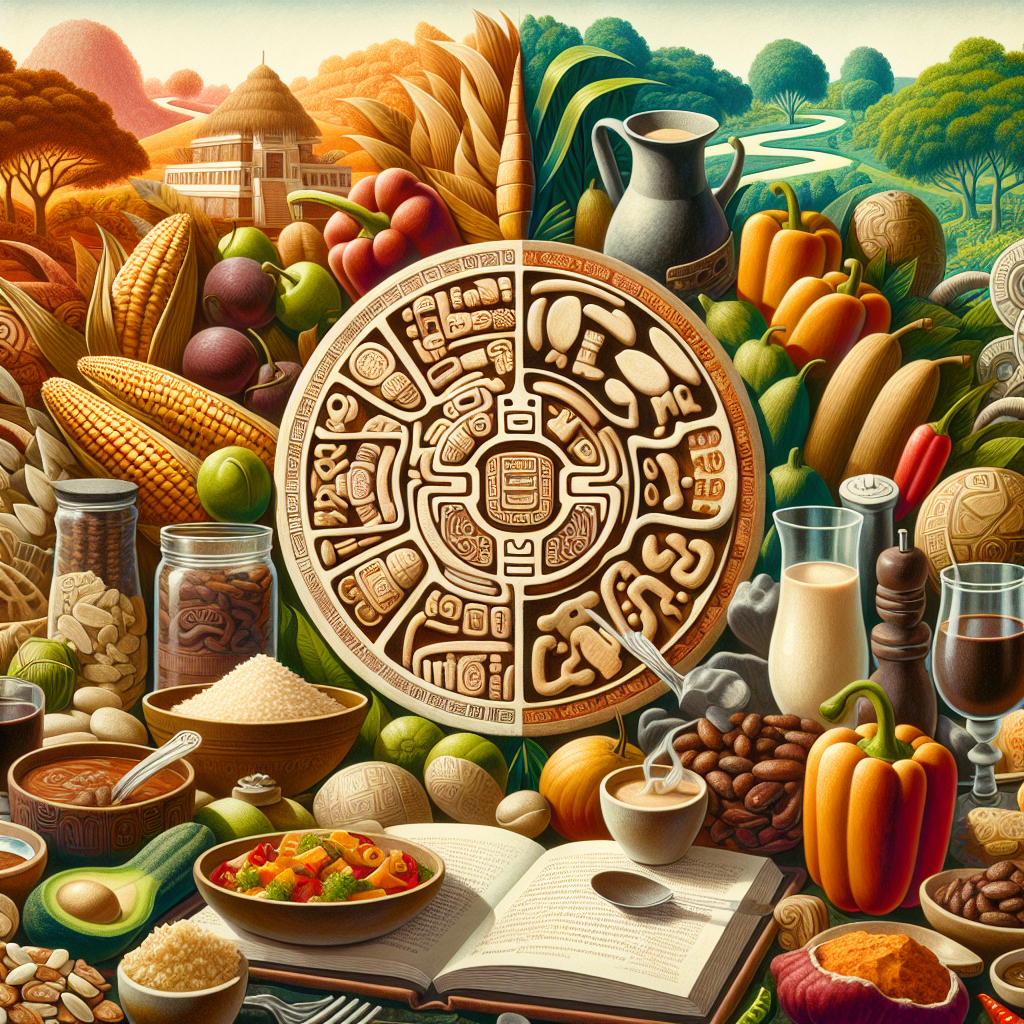
Flavors of the Maya: Ancient Influences in Modern Belizean Dishes
Flavors of the Maya: Ancient Influences in Modern Belizean Dishes
Tucked away on the eastern coast of Central America, Belize is a culinary goldmine, where the past whispers through the vibrant flavors of the present. Among the most powerful of these historical voices are the influences of the ancient Maya civilization. The Maya, who once dominated much of Mesoamerica, have left an indelible mark on Belize’s culture, language, and, notably, its cuisine. To understand modern Belizean dishes, one must appreciate the rich tapestry woven by these ancient artists of flavor.
Ancient Roots, Modern Palates
The Maya were astute agriculturists, cultivating a variety of crops that form the backbone of Belizean cuisine today. Corn, or maize, was revered as a sacred crop and remains central to the Belizean diet. The traditional Maya method of preparing corn through nixtamalization—a process involving soaking and cooking the kernels in an alkaline solution—transforms it into masa. This forms the base for tortillas, tamales, and other staple dishes that are still prevalent across Belize.
Another culinary gift from the Maya is cacao. The Maya believed cacao was a divine gift, using it in rituals and as a form of currency. Today, Belizean chocolate producers continue to honor these ancient traditions, crafting exquisite treats that showcase the country’s rich, fragrant cacao.
Staples and Survival: The Maya Influence on Belizean Ingredients
The lush tropical climate of Belize is a testament to why the Maya settled and thrived here. The environment offers bountiful ingredients such as beans, chili peppers, and squash, each echoing the dietary preferences of the ancient Maya. These ingredients are frequently combined into one-pot dishes like "Boil Up," a Belizean favorite that combines a medley of root vegetables, pig tail, and boiled eggs in a coconut milk broth. Similarly, "Hudut," a Garifuna dish of mashed plantains served with a coconut fish stew, mirrors the resourcefulness and adaptability of the Maya culinary ethos.
Spicy, Sweet, and Everything In Between: The Belizean Flavor Palette
While the Maya are often celebrated for their contributions to agriculture and architecture, their prowess in balancing flavors is equally impressive. The delicate interweaving of spicy, savory, and sweet flavors can be seen in dishes like "Chirmole," a black soup made with a blend of burnt tortillas, spices, and achiote paste, or "Escabeche," a tangy chicken and onion soup flavored with vinegar and local herbs.
The tropical fruits of Belize, such as papaya, pineapple, and mango, also owe their prominence to the Maya, who cultivated these sweet delights and incorporated them into a variety of dishes and beverages. Their legacy continues today, with these fruits finding their way into Belizean desserts and traditional drinks.
Cultural Fusion and Culinary Diversity
Over the centuries, Maya culinary techniques and ingredients have intermingled with those of other cultures, such as the Garifuna, Mestizo, Creole, Chinese, and East Indian communities, creating a dynamic and diverse culinary scene. This blend of influences is not only a testament to the adaptability of the Maya culinary heritage but also to the harmonious coexistence of cultures within Belize’s borders.
Dishes like "Cochinita Pibil," which involves marinating pork with achiote and citrus juice before slow-roasting it in banana leaves, highlight this fusion of traditional and modern techniques and ingredients. The result is a celebration of flavors that honor the past while delighting contemporary palates.
Preservation and Innovation
Today, chefs and home cooks alike in Belize are embracing ancient Maya ingredients and methods, while also infusing them with modern twists. This marriage of old and new not only keeps Belizean cuisine vibrant but also ensures that the legacy of the Maya continues to thrive in kitchens across the nation.
As tourists flock to Belize, drawn by its stunning landscapes and rich history, they are also discovering the profound depth of its culinary tradition. For many, each bite offers a connection to an ancient civilization, one that revered the land and its bounty. Through its cuisine, Belize invites us to taste the history of the Maya—a history that is robust, flavorful, and very much alive.



